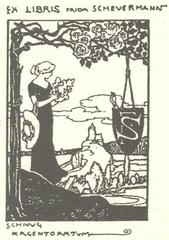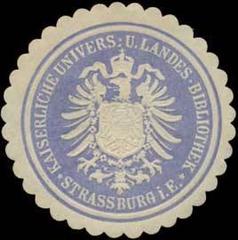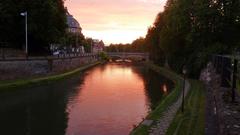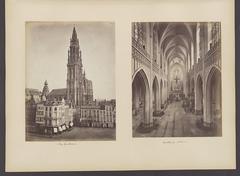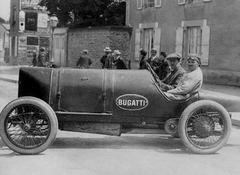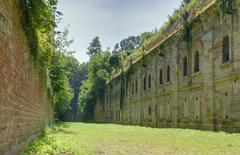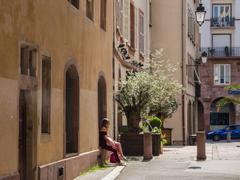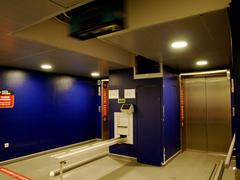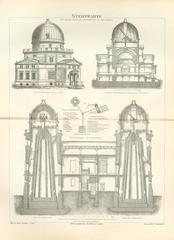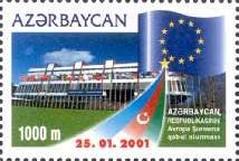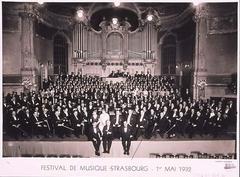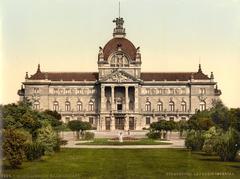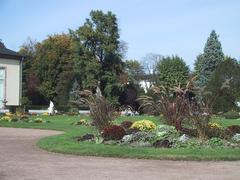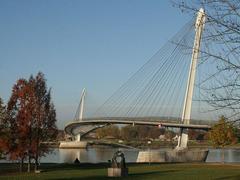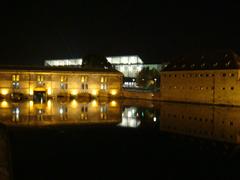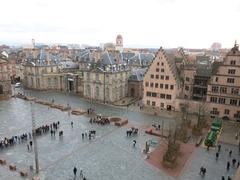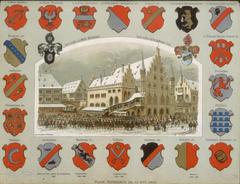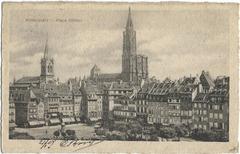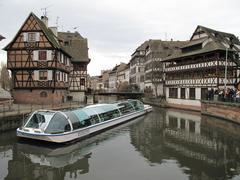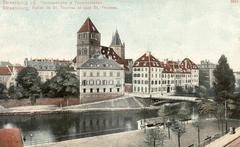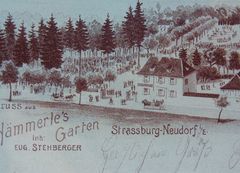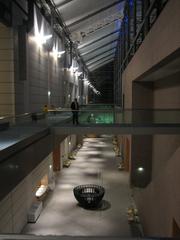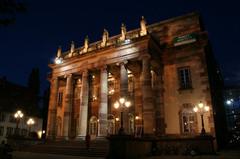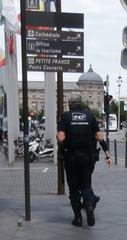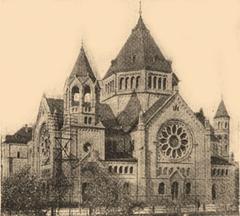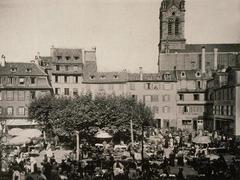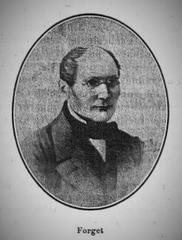
Stolperstein Henri Weill Strasbourg: Visiting Hours, Tickets, and Guide
Date: 03/07/2025
Introduction
Visiting the Stolperstein dedicated to Henri Weill in Strasbourg, France, offers a deeply personal and educational experience, connecting visitors to the city’s Jewish heritage and the wider tragedy of the Holocaust. Stolpersteine, or “stumbling stones,” are small brass-plated memorials embedded in pavements across Europe, each commemorating a victim of Nazi persecution. Conceived by German artist Gunter Demnig in 1992, these decentralized memorials restore the names and stories of individuals by marking their last chosen residences, integrating remembrance into daily urban life (Stolpersteine.eu; Le Monde).
Strasbourg, a city with a rich Franco-German history and a historically significant Jewish community, has embraced Stolpersteine as a means of honoring those persecuted during the Nazi occupation. Among these is the Stolperstein for Henri Weill, a distinguished 19th-century French philologist of Jewish descent whose life and legacy are intricately linked to Strasbourg’s intellectual and cultural fabric (fr.wikipedia.org; Stolpersteine.eu).
This guide explores the origins, symbolism, and significance of the Stolperstein project, the historical background of Henri Weill, and provides practical information for visiting the memorials in Strasbourg—including hours, accessibility, tours, and tips for a meaningful visit (pragueviews.com; enjoystrasbourg.com).
Table of Contents
- Historical Context of Stolpersteine
- The Holocaust in Strasbourg: Historical Background
- Symbolism, Impact, and Debate
- Henri Weill: Biography and Commemoration
- Visiting Stolpersteine in Strasbourg
- Frequently Asked Questions (FAQ)
- Conclusion and Reflection
- Sources and Further Reading
Historical Context of Stolpersteine
Origins and Concept
The Stolpersteine project began in 1992 as an initiative by Gunter Demnig to commemorate victims of Nazi persecution—Jews, Roma, Sinti, LGBTQ+, disabled individuals, Black people, and political opponents. Each Stolperstein is a 10 x 10 cm concrete cube with a hand-engraved brass plate inscribed with the victim’s name, birth date, fate, and, if known, the place and date of death (Stolpersteine.eu; bbc.com).
The core philosophy is to restore individuality and dignity to those the Nazi regime sought to erase. The stones are installed in front of victims’ last freely chosen homes, embedding memory in the urban landscape and inviting ongoing public engagement. As of 2025, over 116,000 Stolpersteine have been installed in more than 1,800 municipalities across 31 countries (Stolpersteine.eu).
Implementation in France and Strasbourg
France began installing Stolpersteine in the early 2000s, though not without debate. Some cities, like Strasbourg, embrace the project as a powerful tool for remembrance and education, while others, such as Paris, have expressed concerns about placing victims’ names on the ground (Le Monde).
In Strasbourg, the first Stolpersteine were installed on May 1, 2019, after years of collaboration among local authorities, the Jewish community, and the association Stolpersteine 67 (memoires-en-jeu.com). By 2022, around 60 Stolpersteine had been laid, each accompanied by public ceremonies and community participation (enjoystrasbourg.com).
The Holocaust in Strasbourg: Historical Background
Before World War II, Strasbourg had a vibrant Jewish community, contributing to the city’s cultural and intellectual life. The 1940 Nazi annexation of Alsace led to the destruction of synagogues, confiscation of property, and mass deportations to concentration and extermination camps. Many Jews, including Henri Weill, faced arrest, deportation, and murder (pragueviews.com).
After the war, the Jewish community was deeply diminished. Traditional memorials and, more recently, Stolpersteine, have been created to honor those lost and to educate future generations (memoires-en-jeu.com).
Symbolism, Impact, and Debate
Stolpersteine personalize remembrance. Unlike centralized monuments, each stone honors an individual, restoring identity and dignity. Their placement in pavements ensures that memory is encountered as part of everyday life, prompting spontaneous moments of reflection (pragueviews.com; euronews.com).
Educators, students, and families often participate in research and installation ceremonies, making each Stolperstein a tool for learning and intergenerational dialogue (bbc.com).
However, the project is not without controversy. Some argue that placing names on the ground is undignified, leading certain cities to opt for alternative memorials. Incidents of vandalism or neglect occasionally occur, but local communities generally take responsibility for maintenance and cleaning (euronews.com).
Henri Weill: Biography and Commemoration
Henri Weill (1818–1909) was a renowned French philologist and academic of Jewish heritage, born in Frankfurt am Main. Despite his academic achievements, anti-Semitic barriers in Germany forced him to emigrate to France, where he became a naturalized citizen and held key academic positions in Strasbourg, Besançon, and Paris (fr.wikipedia.org).
Weill’s scholarship and leadership in classical studies left a lasting legacy in French academia. Although he died before the Holocaust, the Stolperstein commemorating him in Strasbourg symbolizes the city’s intellectual and Jewish heritage, and the lasting impact of anti-Semitic persecution in Europe (Stolpersteine.eu).
Visiting Stolpersteine in Strasbourg
Locations & Accessibility
Stolpersteine are installed throughout Strasbourg, mainly in neighborhoods with historical Jewish significance. The Henri Weill Stolperstein is located at his last known residence; the precise address can be found via the Stolpersteine 67 association website or local tourism resources.
Stolpersteine are embedded in public sidewalks and are generally accessible to all, including visitors with mobility concerns, though some pavements may be uneven (visitstrasbourg.fr).
Hours & Tickets
Stolpersteine are accessible 24/7, year-round, with no admission fee or ticket required. For the best viewing experience, visit during daylight when inscriptions are most legible. Early morning or late afternoon light can enhance visibility (pragueviews.com).
Guided Tours & Travel Tips
- Guided Tours: Several local organizations and tour companies offer walking tours highlighting Stolpersteine and Jewish heritage sites (enjoystrasbourg.com).
- Self-Guided Tours: Maps and brochures are available through Stolpersteine 67 and the Strasbourg Tourist Office. Digital resources and mobile apps can also assist in planning visits.
- Travel Tips:
- Wear comfortable shoes for walking.
- Use public transport for ease of access.
- Plan to visit related sites, such as the Jewish Museum of Strasbourg, Struthof Memorial, and the Memorial to the Victims of the Deportation.
Visitor Etiquette
- Be respectful of residents: Stolpersteine are often in front of private homes. Avoid blocking entrances.
- Pause and reflect: Read the inscription and consider the personal history it represents.
- Do not stand directly on the stone: A gentle touch or placing a small stone or flower beside it, in line with Jewish tradition, is welcome.
- Photography: Discreet photography is permitted; respect residents’ privacy and the solemnity of the memorial.
Frequently Asked Questions (FAQ)
Where is the Henri Weill Stolperstein located?
At his last known address in Strasbourg. For precise details, consult Stolpersteine 67.
Are there visiting hours or tickets?
No. Stolpersteine are in public spaces, accessible 24/7 and free to visit.
Are guided tours available?
Yes. Local organizations offer tours including Stolpersteine and related historical sites.
Is the memorial accessible to people with limited mobility?
Generally, yes. Some pavements may be uneven; check with the Strasbourg Tourist Office for specific needs.
What else should I visit nearby?
Consider the Jewish Museum, Struthof Memorial, and the Memorial to the Victims of the Deportation for a broader historical context.
Conclusion and Reflection
The Stolperstein dedicated to Henri Weill stands as a powerful testament to the integration of memory into the fabric of Strasbourg’s streets. By commemorating individuals like Weill, the Stolpersteine project fosters ongoing reflection on the Holocaust’s impact and the enduring value of human dignity. Each stone is a call to remember—not just the tragedy, but the lives, achievements, and stories that shaped Strasbourg’s history (Stolpersteine.eu; memoires-en-jeu.com; bbc.com).
By visiting, reflecting, and sharing these stories, visitors help keep memory alive and promote a culture of tolerance and understanding. Enhance your visit with resources like the Audiala app for audio guides and stay informed through local heritage sites.
Sources and Further Reading
- Le Monde – French Cities and Stolpersteine
- Wikipedia: Henri Weil
- Stolpersteine.eu – Facts and Figures
- Enjoy Strasbourg – Stolpersteine
- Prague Views – Stumbling Stones
- Memoires-en-Jeu – Stolpersteine in Alsace
- Euronews – Stolpersteine Controversy
- BBC Travel – Holocaust Memorial of 70,000 Stones
- Strasbourg Tourism – Official Site

